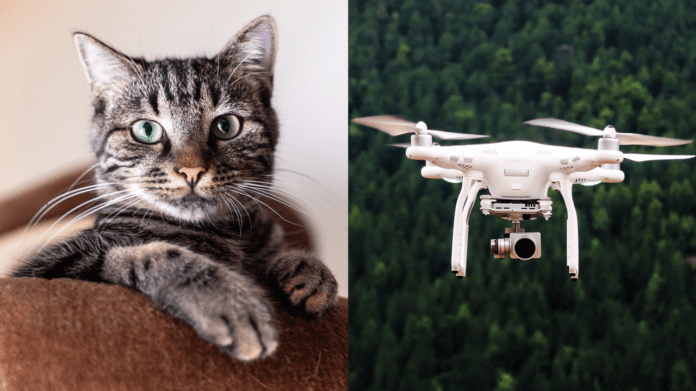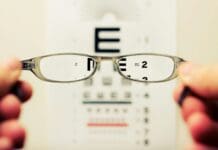This post is also available in:
 עברית (Hebrew)
עברית (Hebrew)
Scientists have designed a camera that copies the unique structure of a cat’s eye, significantly enhancing imaging capabilities in low-light conditions and complex backgrounds. This innovative camera is set to improve the performance of drones and autonomous vehicles, tackling challenges that traditional imaging systems struggle to address.
The camera incorporates two distinctive features of feline vision: vertical pupils and the tapetum lucidum, a reflective layer located behind the retina that enhances light sensitivity. Lead researcher Min Su Kim explained to Interesting Engineering that “The combination of the silver metal reflector-inspired tapetum lucidum and the fully dilated pupil greatly enhances the camera’s sensitivity, enabling it to capture clearer and more detailed images even in challenging lighting conditions,”
Traditionally, low-light issues are solved using specialized software. However, the cat-inspired camera is superior as it does not demand the same excessive processing power and battery life that the software requires. The tapetum lucidum acts like a photonic crystal, reflecting incoming light back through the retina for a second absorption, thereby increasing light sensitivity.
In addition, in low-light environments, a cat’s pupils can dilate to a full circular shape, allowing more light in. By copying these features, the new camera performance in dim settings improves drastically. The vertical pupils enable cats to control light levels effectively, resulting in a vertically blurred background that helps filter out excess visual noise.
The camera employs a custom vertical slit aperture and a hemispherical silicon photodetector array with silver reflectors. Kim told Interesting Engineering that Traditional cameras utilize a small circular aperture, which can create a deep depth of field, making it challenging to distinguish objects from complex backgrounds. In contrast, the vertical pupil design narrows the depth of field, keeping objects sharply in focus while blurring the background, thereby enhancing object recognition in busy environments. In tests comparing the new “vertical pupil” camera to standard cameras, Kim’s design demonstrated over 10% higher accuracy in object recognition tasks amidst complex backgrounds.
Despite its advancements, the researchers acknowledge some limitations. The vertical pupil camera currently has a lower pixel resolution, although higher-quality sensors are available commercially. Additionally, it naturally has a narrow field of view like cats do.
The integration of the camera into existing devices presents challenges due to its hemispherical shape and mechanically complex adjustable aperture, which could raise manufacturing costs. To overcome these hurdles, the team is working on more compact designs that retain the benefits of the hemispherical sensor while ensuring compatibility with various devices, including smartphones, drones, and vehicles.
Published in Science Advances, this innovative research paves the way for a new era in imaging technology, promising to enhance visual perception in low-light and complex environments.


























